Blue coasts and green hinterlands: CROSSDEV sites along the Via Selinuntina, Sicily

The region of Sicily, in Italy, is home to two Cultural Routes of the Council of Europe: the Phoenicians’ Route and Iter Vitis. Both are currently seen as models to follow in order to ensure development through the enhancement of cultural and geographic heritage. Their model can easily be applied to other Mediterranean areas.
Sicily also hosts the Via Selinuntina, a real “highway” of the antiquity, built by the Greeks to connect the city of Syracuse and its colonies, Akrai and Kasmenai, and continuing to Gela and Akragas up to Selinunte.
The Via Selinuntina used to be the second most important arterial road of ancient south-eastern Sicily, after the via Elorina, which connected Syracuse to Eloro, near today’s Noto. Through these connection routes, the inhabitants of ancient Hellenic-Siceliot cities devoted themselves to commercial exchanges or moved from one place to another for strategic and military reasons. It was a walking route, often crossed by wagons pulled by oxen, whose wheels made ruts that remain perfectly visible.
Starting from Syracuse, the road passed through Akrai, Gela, Agrigento and Heraclea Minoa, to finally end in Selinunte.
CROSSDEV for Via Selinuntina
The CROSSDEV project, which aims to promote socio-economic development through the creation of new routes of sustainable tourism, took inspiration by the two other local Cultural Routes of Sicily and selected two less-known tourist destinations along the precious Via Selinuntina: Selinunte-Castelvetrano and Sambuca di Sicilia, suitable to pursue the following goals:
- Being the highlights of a brand-new itinerary created in collaboration with local communities so to boost their local economy while attracting responsible tourists.
- Developing a partnership among local businesses able and willing to offer services of cultural, slow, responsible, sustainable, experiential and free tourism.
- Setting up a network among the most important historical, cultural and archeological sites of the area.
- Creating quality hospitality focused on experiential tourism, sweet mobility and related services (catering, valorization of typical products, forms of community, etc.).
- Including the existing Visitor Centers of the Phoenicians’ Route and the Iter Vitis Route within the final itinerary and creating at least one dedicated Visitor Centre, where to advertise the local coastal and hinterland amenities, the concept of Smart Ways, and where to host CROSSDEV’s initiatives and activities.
SELINUNTE
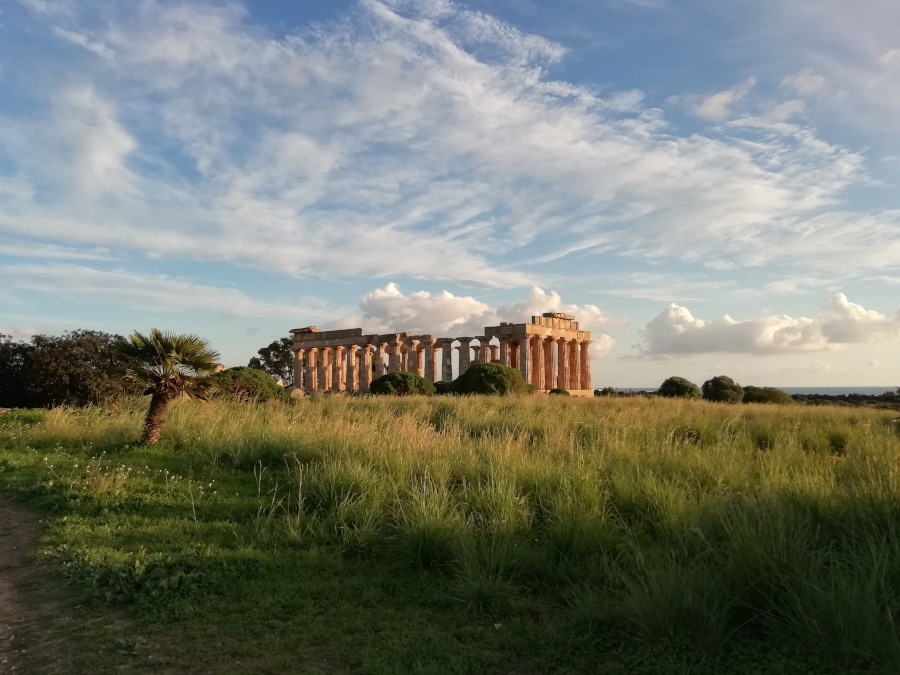
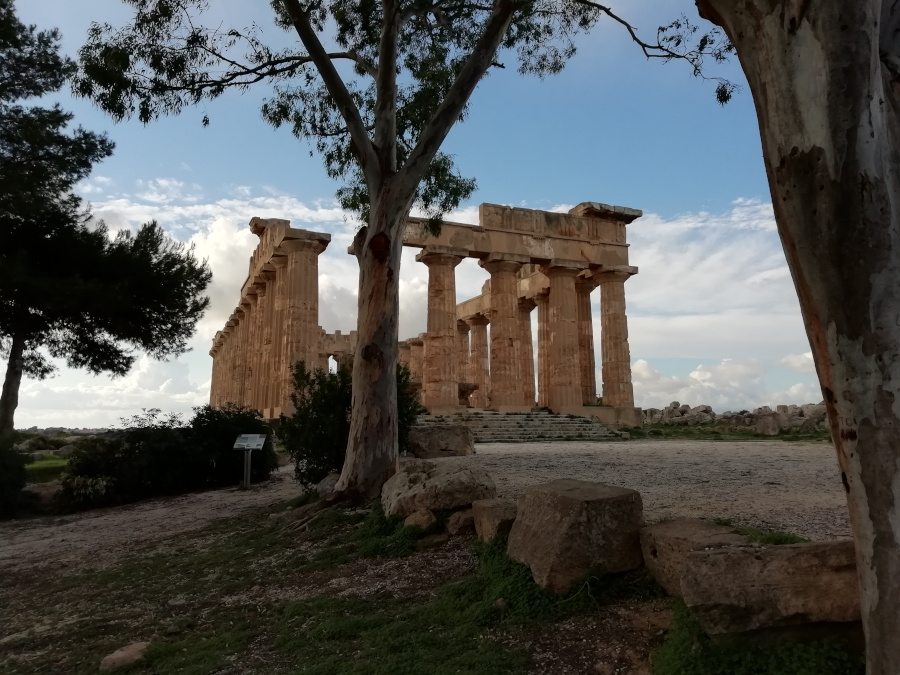
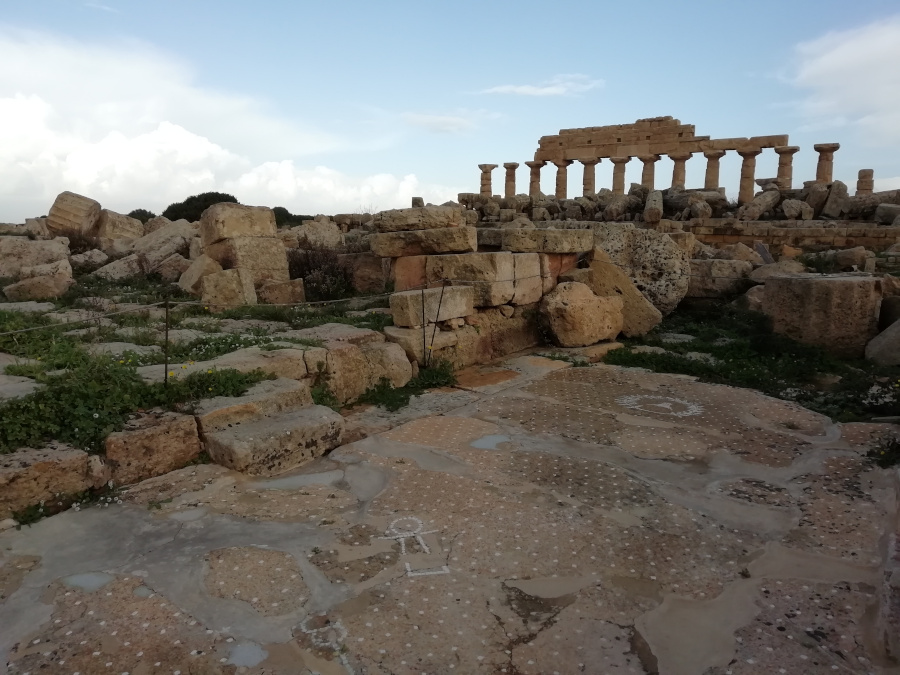
Selinunte Archeological Park, which is Europe's Largest Archaeological Park, is situated in the municipality of Castelvetrano and hosts eight temples on its ancient acropolis overlooking the sea and immersed in a landscape scattered with wildflowers and aromatic herbs.
Whilst Selinunte – or Selinus, as it was then – was not a huge city, the scale of its temples clearly shows the way the city perceived itself. Founded in the seventh century BC by Greeks from Megara Hyblaia, the town reached its peak at the time of the construction of the temples, in the sixth and fifth centuries BC.
The destruction of the town by the Carthaginians in 409 BC and later earthquakes meant that the site remained buried until the sixteenth century. The excavations did not begin until the early nineteenth century and are still ongoing.
Marinella di Selinunte, head quarter of the Phoenicians Route, is the closest village and is located in the south west coast of Sicily, with a spectacular shoreline. The seaside village boasts a strategic location, well linked to the surrounding tourist attractions, easily reachable from the main towns of western Sicily.
SAMBUCA DI SICILIA

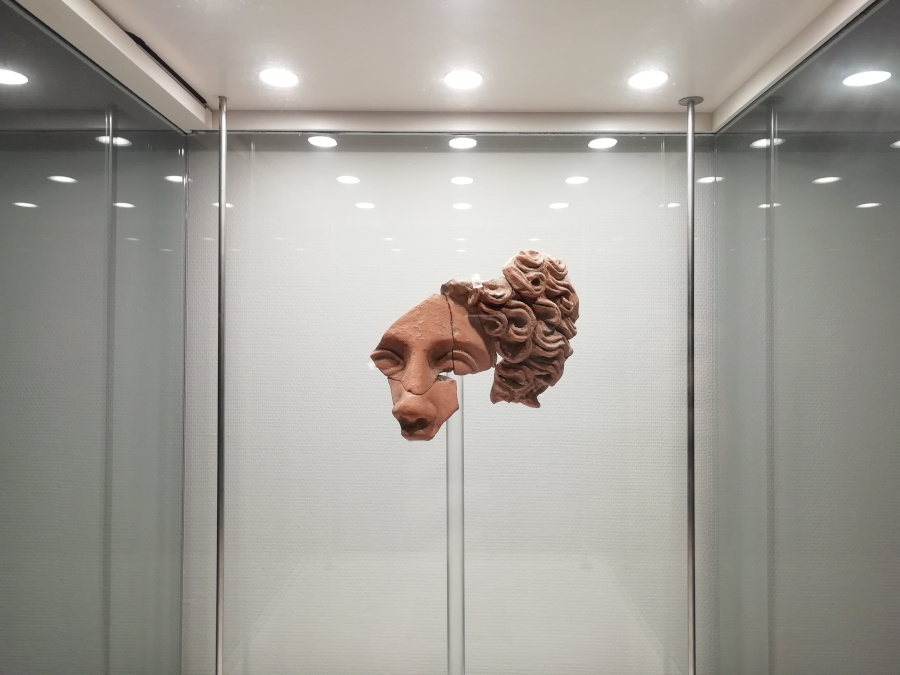
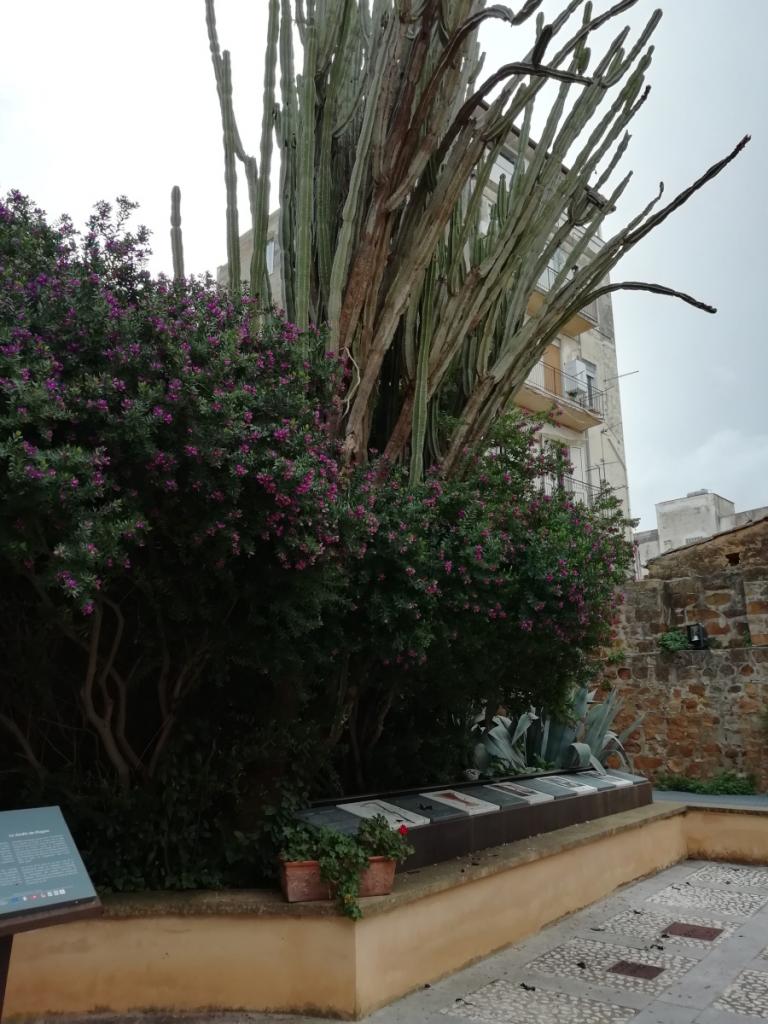
Sambuca was founded by the Arabs around the year 830, a few years after their landing in Sicily. It was called Zabuth so to remember the homonymous Arab emir Al-Zabut, who wanted to build here a castle. The village was built on the slopes of Monte Genuardo, between the Belice and the Sosio rivers.
Sambuca still preserves traces of its Islamic origins in the "Arab district", built by an urban plant developed around seven "Saracens Alleys" (li setti vaneddi, in the local dialect).
Its charm is due to its history and the still living signs of the many different eras it has witnessed in time. This truly unique place hosts wonderful gems such as an archaeological complex of the IV century BC, an ancient Arab farmhouse, baroque and modern buildings, remains of the castle of an emir, and the splendind seventeenth-century Palazzo Panitteri, now headquarter of Iter Vitis. All surrounded by vineyards, sweet hills, and the crystalline waters of the Arancio lake.
Keep in touch with CROSSDEV: follow us on Twitter and Instagram!







